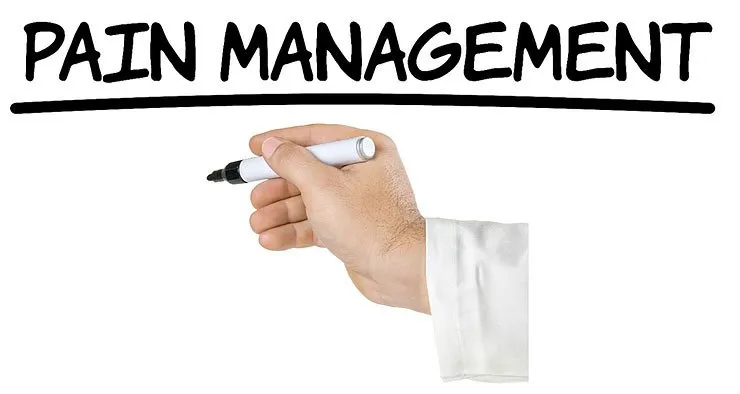The gate control theory of pain proposes that non-painful input closes the “gates” to painful input, which prevents pain sensation from travelling to the central nervous system. Activation of nerves which do not transmit pain signals but transmit information about touch, pressure & vibration (called non-nociceptive fibers; nociception [no-see-sep-shun] is the perception of pain by beings) can interfere with signals from pain fibers, thereby inhibiting pain. Therefore, stimulation by non-harmful input is able to suppress pain.
The team in a pain clinic will typically be up of a clinical psychologist, nurse, occupational therapist, physiotherapist, an advising pharmacist, CBT therapist and counselor. The International Association for the Study of Pain recommends the use of OTs for assessments an treatment of chronic pain (Loesler 1991). A pain clinic can be hospital (inpatient) or community (outpatient) based.
From an occupational therapist’s point of view things that are important in successful pain management are: maintaining valued roles and good social support (“being”), setting realistic goals, pacing activities and relaxation techniques (“doing”), as well as accepting the long-term nature of the pain (knowing). Conversely aspects which made it harder to manage patients’ chronic pain were: losing valued roles, depression and receiving compensation (poor “being”), unable to set goals or use pacing/relaxation strategies (poor “doing”), as well as being fearful, looking for a cure rather than accepting and not knowing what to expect (poor knowing). Since acceptance and readiness for change plays a big part, CBT is a widely used and effective method of pain management. Mindfulness, including Acceptance and Commitment Therapy (ACT), are also becoming more commonplace.
A patient’s pain reduction and management can be helped by OTs implementing:
graded activity, task adaptation and work simplification, training in correct body mechanics, and employment-site modification
As part of these, some of the tasks OTs can carry out in pain clinics are:
education on activity pacing, correct body mechanics and manual handling procedures energy conservation and work simplification strategies goal setting home and employment site assessment prescription of assistive devices relaxation and stress management.
These strategies address both the physical and psychological aspects of chronic pain.
“Some activities may actually be harmful, as they may be placing too great a strain on joints that are damaged by disease or under stress due to an inflammatory response. In these cases, an occupational therapist’s input can help identify potentially dangerous ways of carrying out an activity and provide suggestions for a safer way. This might involve using more ergonomically correct tools or ways to set up equipment, or might involve ways of carrying, lifting or handling that are biomechanically better. Sometimes it’s a question of problem-solving how jobs and tasks are organized (either the order in which tasks are done or the way that the environment within which the tasks take place is set up).”
In order to be able to assess if an a task is putting strain on damaged joints or being carried out too frequently an OT will use activity analysis, for example by using the MOHOST assessment (which is based on the theories of the MOHO model) to evaluate which areas are causing issue for the patient. Using an assessment which looks at activity analysis based on theory means you will be able to provide clinical reasoning for the intervention decisions you make based on the information gained. This is because it will show HOW the elements interact and WHY they prevent/enable someone from completing an occupation, not just identifying which elements are affecting the occupation from a checklist.

